

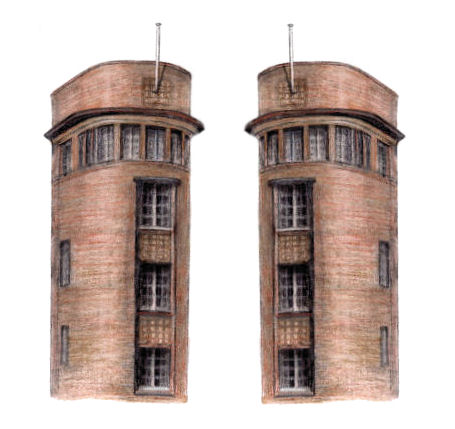
Famous twin towers of Hampden Park, Mount Florida, demolished in 2002
Mount Florida is a suburb in Glasgow's south side which was largely developed with sandstone tenements, terraces and villas after the arrival of the Cathcart Circle railway line in 1886. It is the home of Scottish Football, with the ultra-modern National Stadium occupying the site of various versions of the old Hampden Park, which had a long and fascinating history.
International football match, Scotland v England, Hampden Park, 4th April 1908
The district grew in and around the "Lands of Mount Floridon", which consisted of 15 acres of orchards and gardens surrounding the house of the same name.
It was situated at the highest point of the present day Prospecthill Road in the Lanarkshire section of the Parish of Cathcart.
1822 map showing a house called Mount Floridon, which was the site of a marriage in September 1816 (below)
Notice from September 1814 showing that there were two dwellings surrounded by 15 acres of land at Mount Floridon
The house and walled gardens were again offered for sale in early 1844 when owned by a Mrs Bell. It was described at that time as "Mount Florida". 1850's map showing close up view of two semi-detached dwellings at Mount Floridon House, by then renamed as Mount Florida
The extracts below are from the Ordnance Survey Name book from 1856-1857 regarding Mount Florida / Mount Floridon.
The description column below reads "A farm house now in ruins (having been burned about a year ago) situated on the Crown of a Hill of the same name & said to be on the route pursued by the Troops of Queen Mary when advancing to the Battle of Langside. It is the property of Mr James Bunten.
The extract below provides a Victorian account of the area at the time of the Battle of Langside on 13th May 1568, when the forces of Mary Queen of Scots approached the battefield from Rutherglen along the route of Prospecthill Road, passing Hangingshaw and Mount Floridon. Extract from 1845 describing the route of Queen Mary's troops from Rutherglen to Langside
Site of the long gone Mount Florida House, as viewed from Prospecthill Road
1850's map showing ruined Mount Florida House and farmhouse at Clincart to the south
The area to the south and west of the 15 acres of "Lands of Mount Floridon" comprised the 95 acres of the "Lands of Clincart". The farmhouse and surrounding fields at Clincart were sold in 1836. This parcel of land included the site of the present day National Stadium at Hampden Park and much of the late Victorian and Edwardian development of the present day suburb of Mount Florida.
Notice from May 1836 for sale of 95 acres of land at Clincart, south of Mount Florida House
The "large and excellent Farm House, which has extensive Offices attached" mentioned in the 1836 sale notice is shown to the rear of the group of buildings in the photograph below. View of buildings at Clincart Farm and Mount Florida Church with Hampden Park in the background
Aerial View of former farmhouse and offices at Clincart Farm, now part of Lesser Hampden football ground
1913 map showing layout of district after development of the old lands of Mount Floridon and Clincart
Inter-war view of Hampden Stadium with Lesser Hampden to the left and Cathkin Park at the top of the frame
Modern view of Hampden Stadium with Lesser Hampden to the left and Cathkin Park at the top of the frame
The cleared ground to the right of the stadium is the site of the former Hampden trolleybus depot which was latterly used as a Council lighting depot. The site was cleared at the time when the photograph was taken to create a "Transport Hub" in preparation for the 2014 Commonwealth Games.
Post-war single storey "prefab" housing and Hampden trolleybus depot behind the football terraces
"Importers of Spirits" near Mount Florida tram terminus in Clincart Road before the district became a "Dry Area" in 1921
Springburn bound tram cars at Mount Florida tram terminus, Clincart Road
No. 12 tram at Mount Florida terminus in Clincart Road
The view below shows a No.12 tram at Clincart Road shortly before the route was replaced with the No. 108 trolleybus on 16th November 1958. The No. 105 trolleybus in the background was heading for Clarkston via Cathcart and Muirend. No. 12 tram departing from Mount Florida terminus with No. 105 trolleybus in the background
Street scene at Mount Florida tram terminus
No. 12 tram in Prospecthill Road, Battlefield, en route to Mount Florida from Langside Depot
Mount Florida Parish Church, originally Mount Florida United Presbyterian Church, was designed by John Hamilton in the Gothic style. It occupies a corner site at Cathcart Road and Hampden Drive with an entrance at the stub of the proposed tower which was never completed. The church was officially opened on 29th April 1888.
South facing fašade of Mount Florida Parish Church
In 2010 The congregation of Mount Florida Parish merged with that of nearby Battlefield East Church to form Clincarthill Parish Church. The Mount Florida building is now home to a congregation of the Church of Pentecost UK.
Glistening window in Cathcart Road fašade of Mount Florida Parish Church
Former Cathcart Parish Council Chambers, now Mount Florida Medical Centre
Entrance to Council Chambers, which served their original purpose for only 5 years, 1907 to 1912
End bay of chambers in bright summer sunshine
Pigeons roosting above Cathcart coat of arms
Reflection on window at new Hampden Stadium
South stand at new Hampden Stadium
View from south stand at Hampden Stadium, looking east
Aerial views of Hampden Stadium, 1994 (above) & 2014 (below)
Main entrance to Cathkin Park, when it was occupied by Third Lanark F.C.
View from terraces of Cathkin Park, the former home of both Queens Park F.C. & Third Lanark F.C.
Aerial view of Cathkin Park from the north, with Cathcart Road to the right
Exhibit from the Scottish Football Museum at Hampden showing Third Lanark with their nickname, the Hi Hi!
Third Lanark club badge
One of the earliest known pictorial recordings of a football match were the cartoons shown below of a Charity Cup tie played at Cathkin Park on 26th April 1884. The local derby match was played out between Mount Florida rivals, Queens Park and Third Lanark. Cartoon showing first half of football match, Queens Park v Third Lanark, 26th April 1884
The second half produced two goals and much throwing of bowler hats in the air! Third Lanark scored first with a goal from Kaye following a corner kick. Queens Park equalised soon after with "Harrower scoring a neat goal for his side".
Cartoon showing second half of football match, Queens Park v Third Lanark, 26th April 1884
Glasgow's Deaf and Dumb Institution relocated from Barony Glebe in Townhead to new custom-built premises at Mount Florida in 1868. The new building in Prospecthill Road was designed in the Venetian style by local architects, Salmon, Son & Ritchie.
It was formally opened on 22nd May 1868 by Glasgow's Lord Provost, Sir James Lumsden. Exhibition drawing of former Deaf & Dumb Institution, designed by Salmon Son & Ritchie
Old photograph of former Deaf and Dumb Institution, Prospecthill Road, Mount Florida
Former Deaf and Dumb Institution in Prospecthill Road, now apartment block, the Chroma Building
Carved owl in banded stonework at Chroma Building
Entrance to Chroma Building, Mount Florida
Upper floor of Chroma Building in dappled summer sunshine
Mount Florida School, built 1895 - 1897
The Vogue Cinema was situated at the very end of Cathcart Road where Mount Florida converges with Battlefield and Cathcart. It originated as the Kingsway Cinema when it opened in 1929, at the same time as the "talkies" were being introduced. It was designed by architect James McKissack. Vogue Cinema, Cathcart Road
In the 1930's, during a time of civil unrest in Spain, Montgomery Terrace was renamed after Simon Bolivar, a Scottish Rite freemason
Beautiful carved faces in early 1900's Art Nouveau style decorating Mount Florida tenement
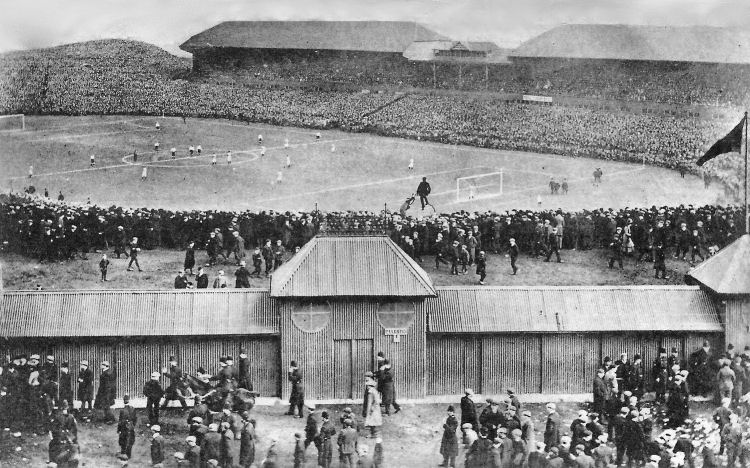
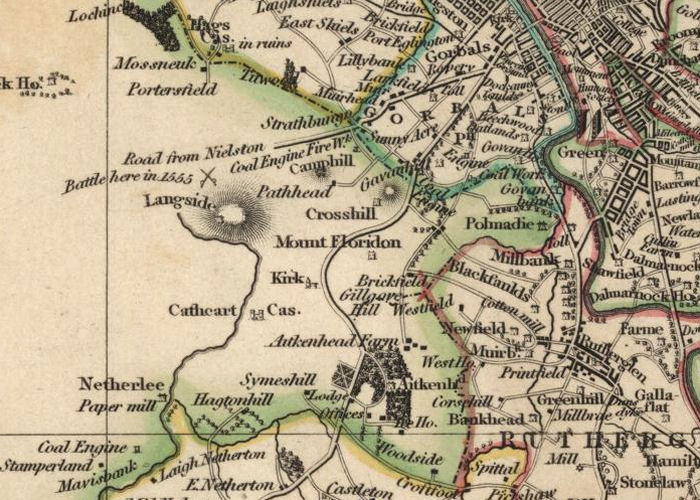

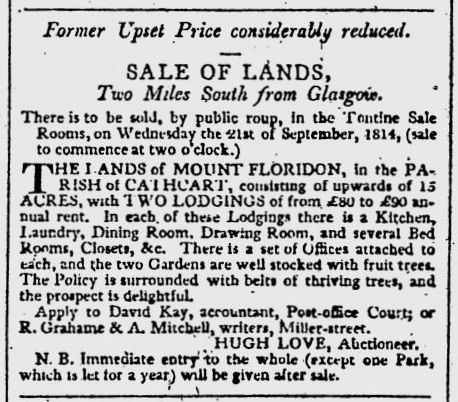
The house appears to have been in a habitable condition until around 1855 when it was destroyed by fire, leaving only the ruins shown in the map shown below.
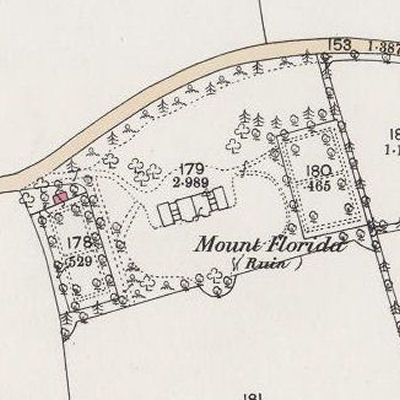

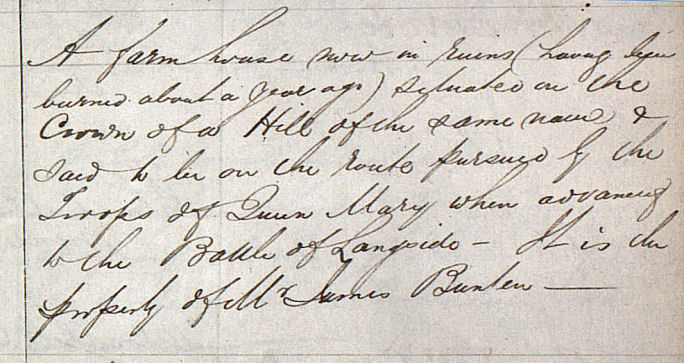
The "Bushy-Aik-Lane" appears in the old maps following the line of Battlefield Road towards the village of Langside. The "road to Ayr" proceeding south is Cathcart Road and the "bridge near the old Castle" is the Snuff Mill Bridge.
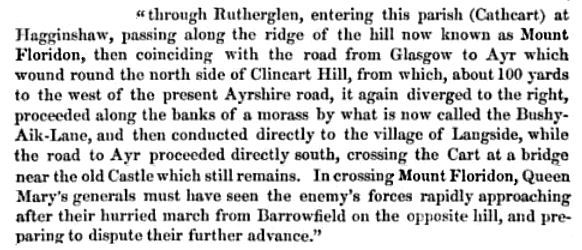
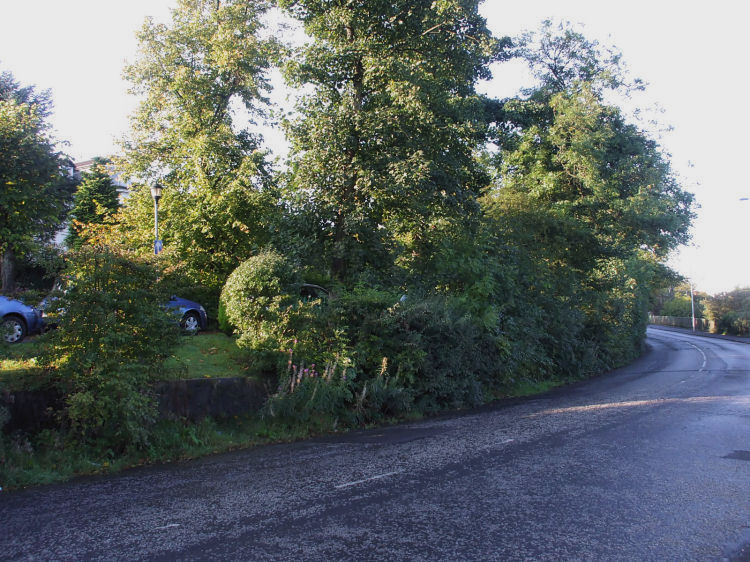
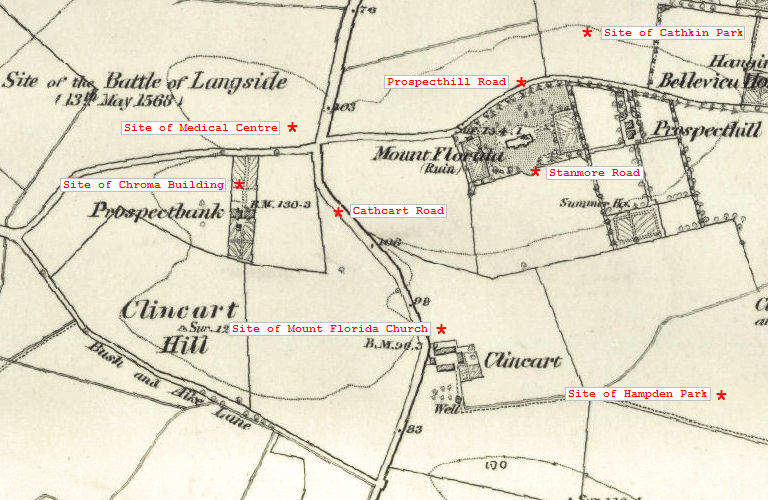
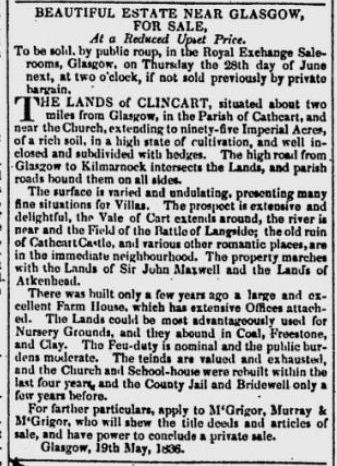
The two-storey farmhouse and ancilliary building have survived from the 1830's to serve as a pavilion and dressing rooms for "Lesser Hampden", part of Queens Park Football Club.
The original photograph would have been taken from the upper levels of a newly built tenement in Cathcart Road. It dates from the earliest years of the twentieth century when Clincart still clearly had a working farm complete with haystacks and outhouses.
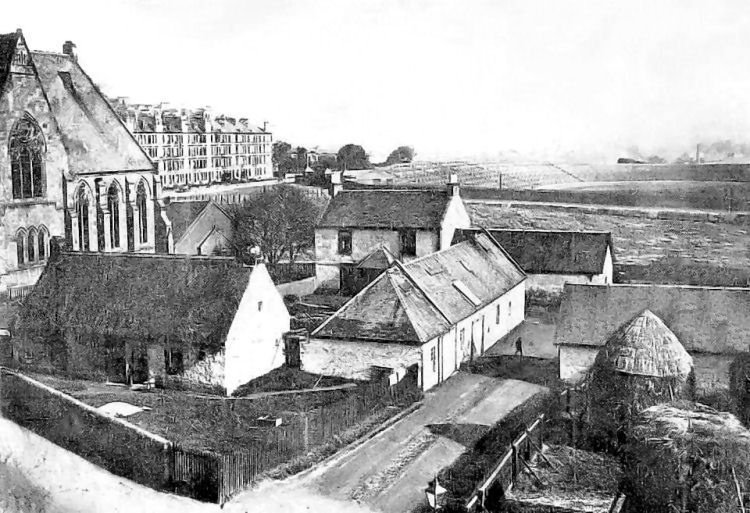
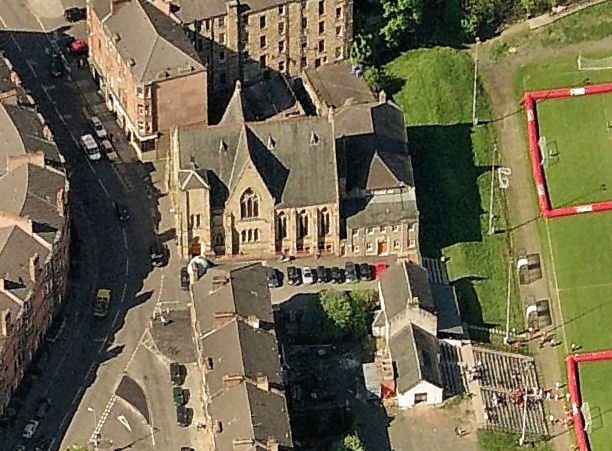


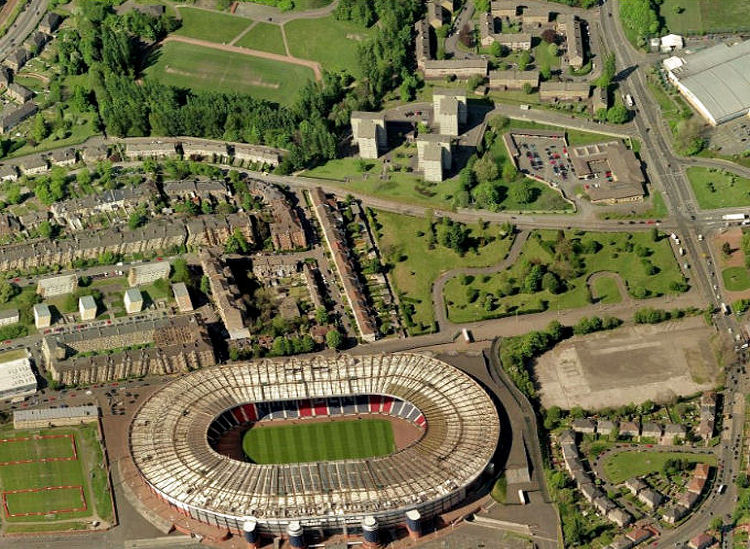
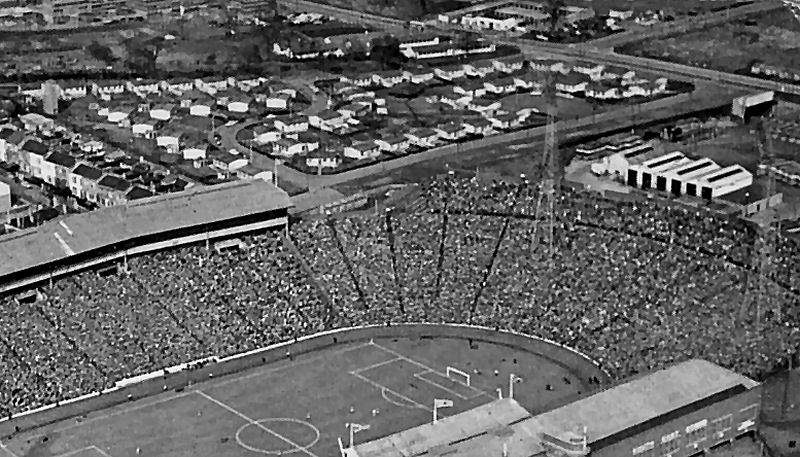
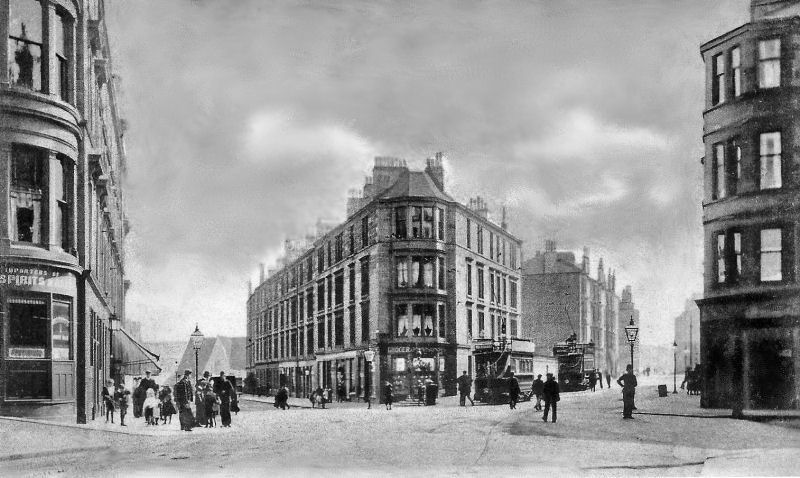
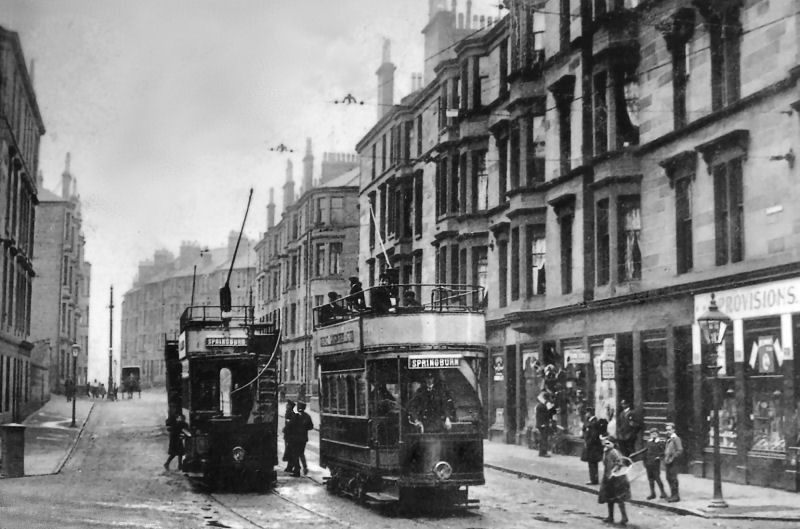
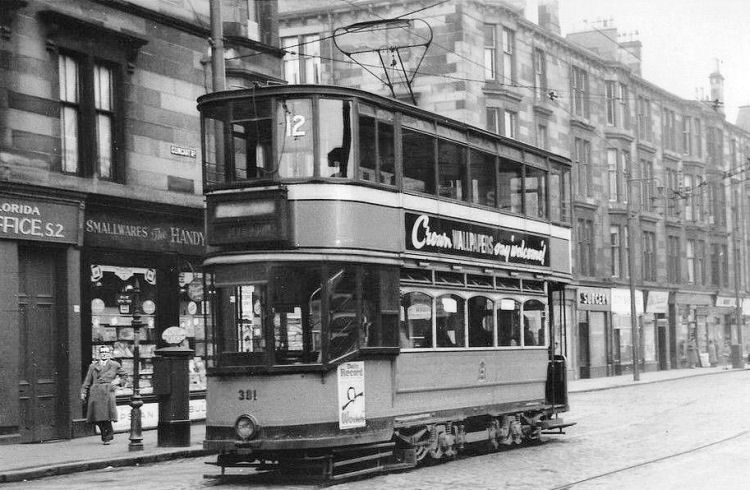
The Mount Florida terminus for the No. 108 trolleybus was at Ballogie Road near the junction of Carmunnock Road and Kings Park Road.
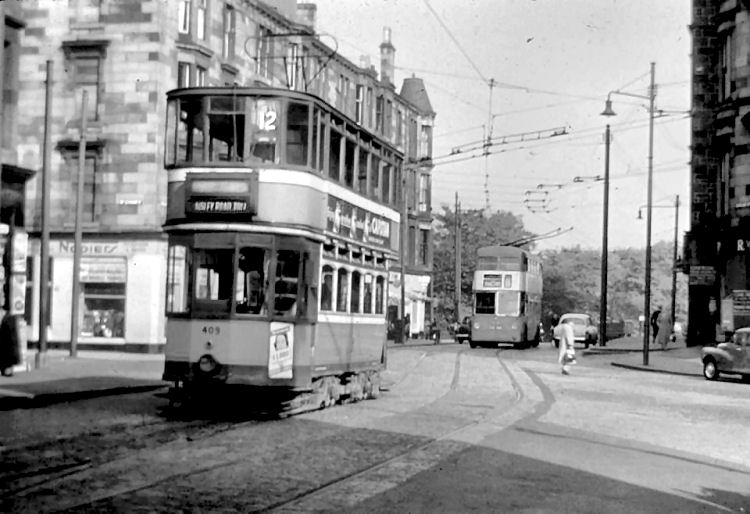
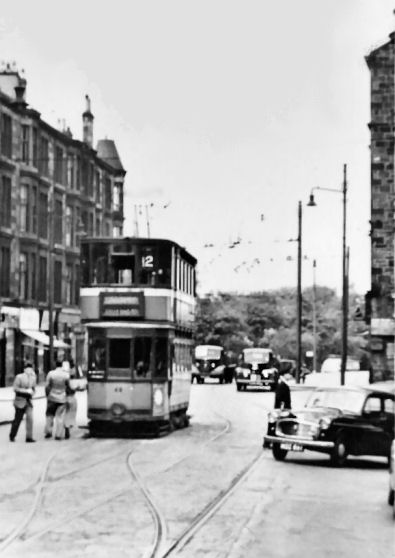

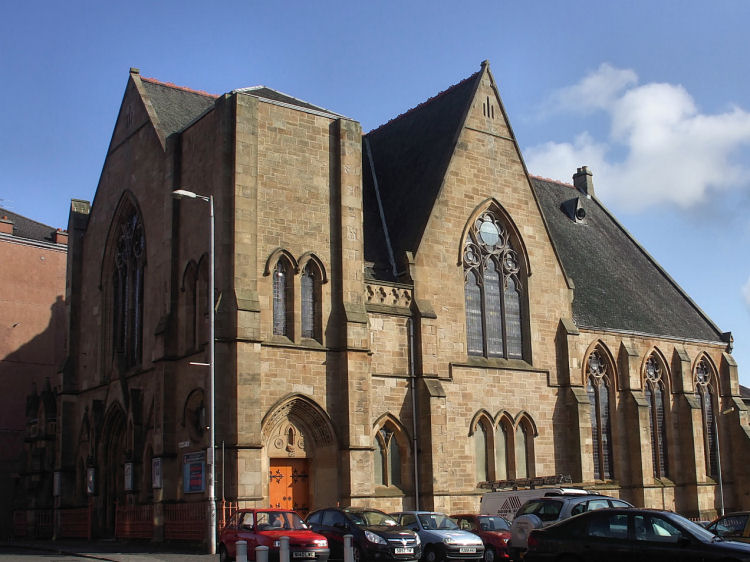
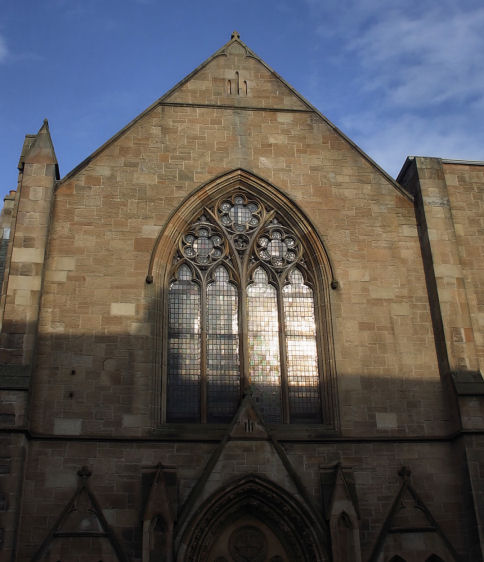
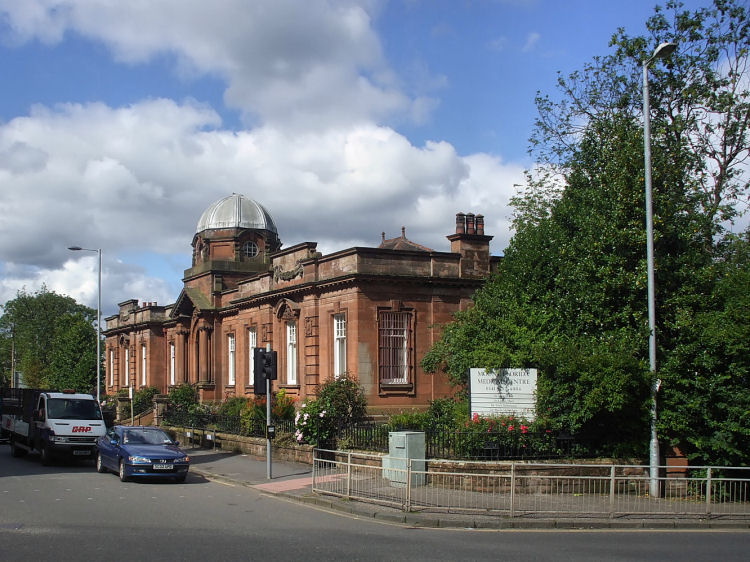
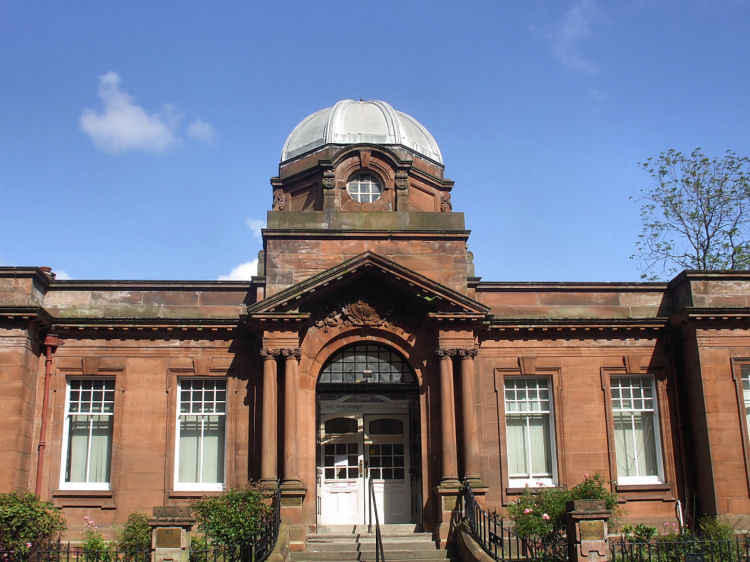
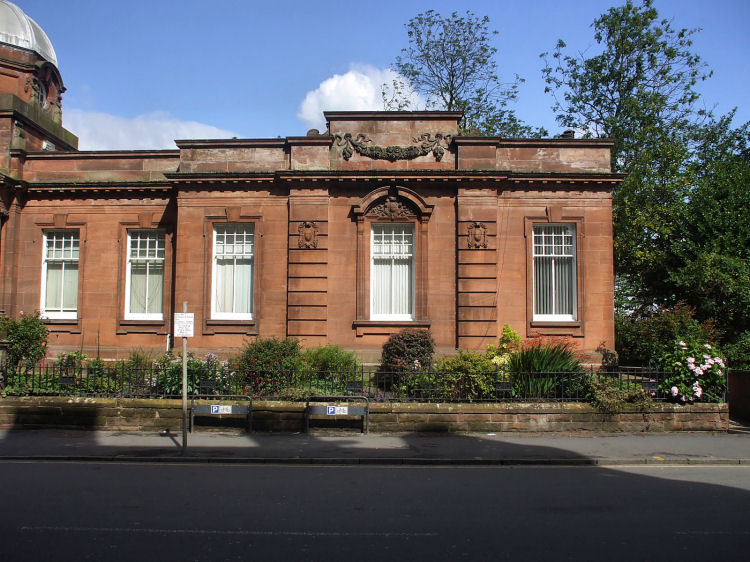
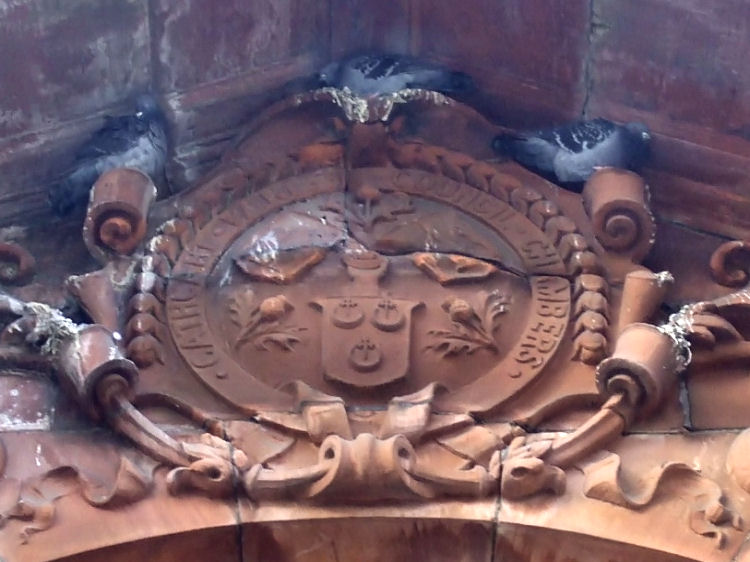
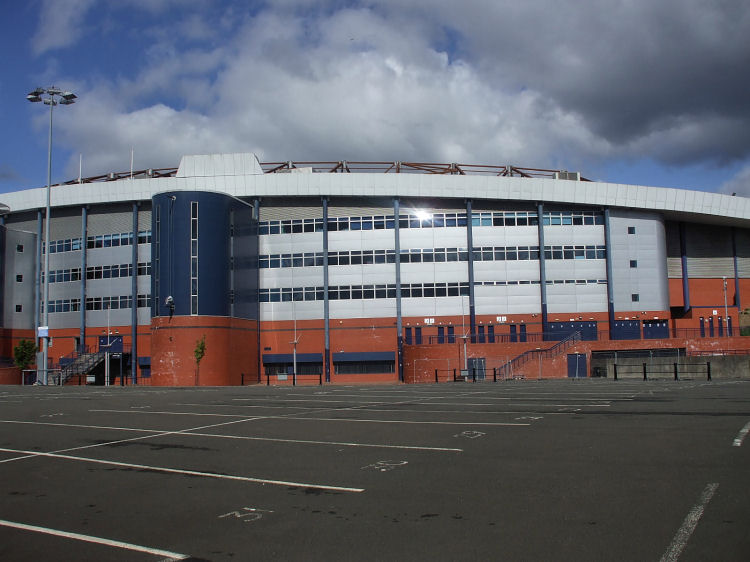
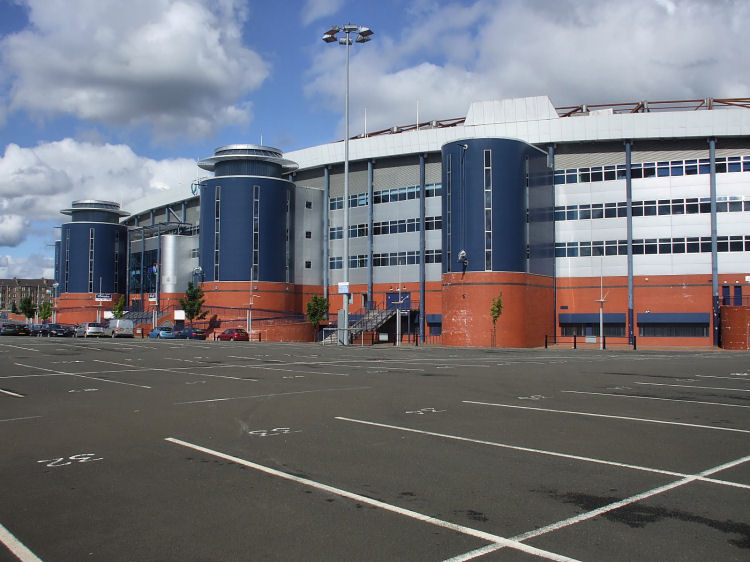
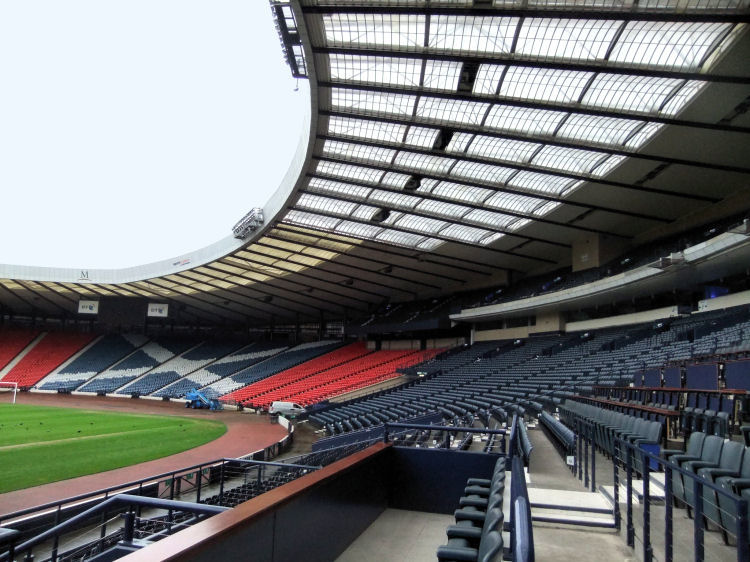
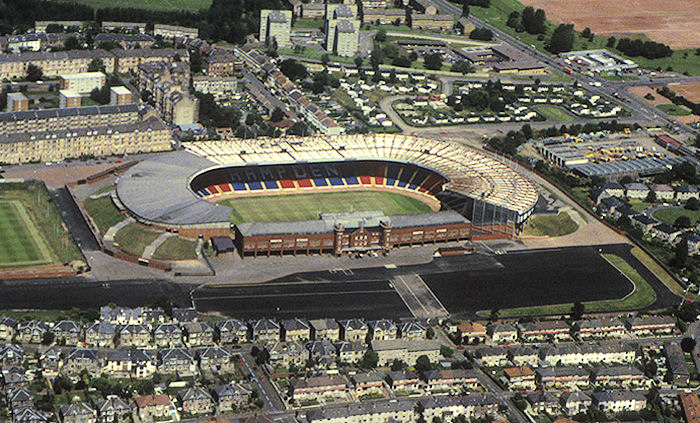
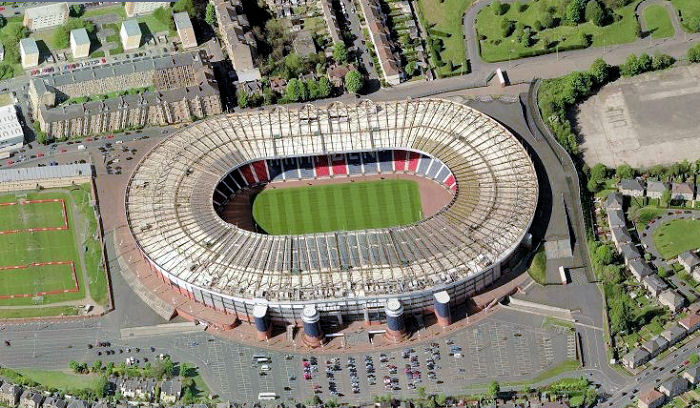
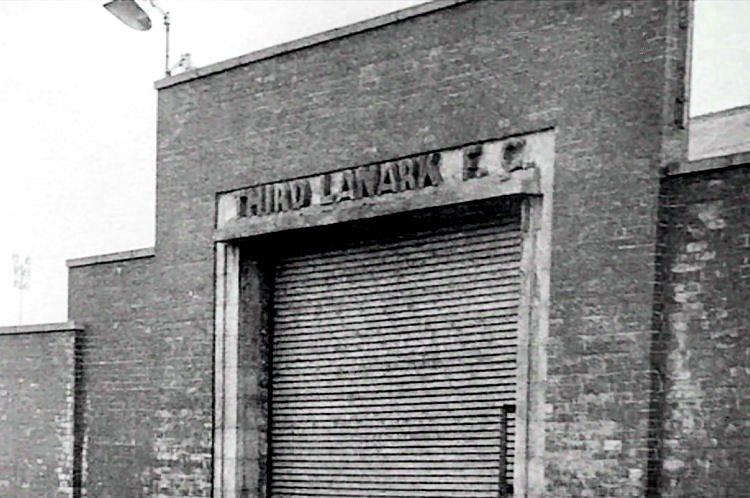
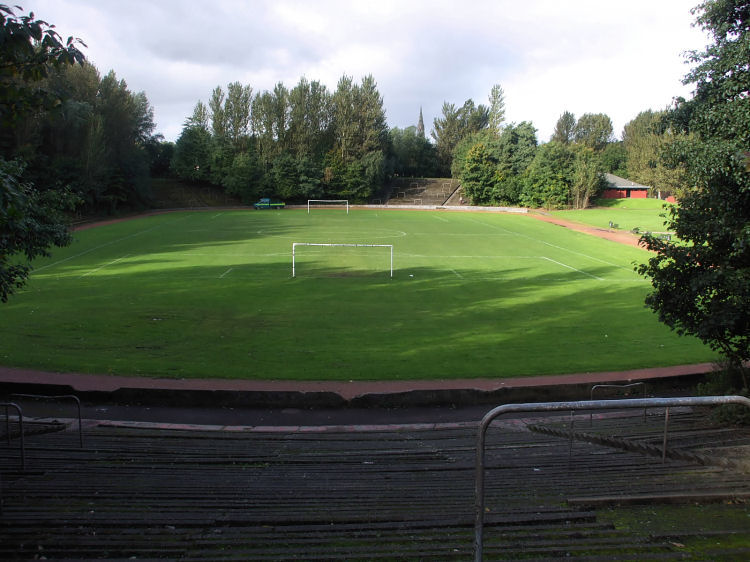
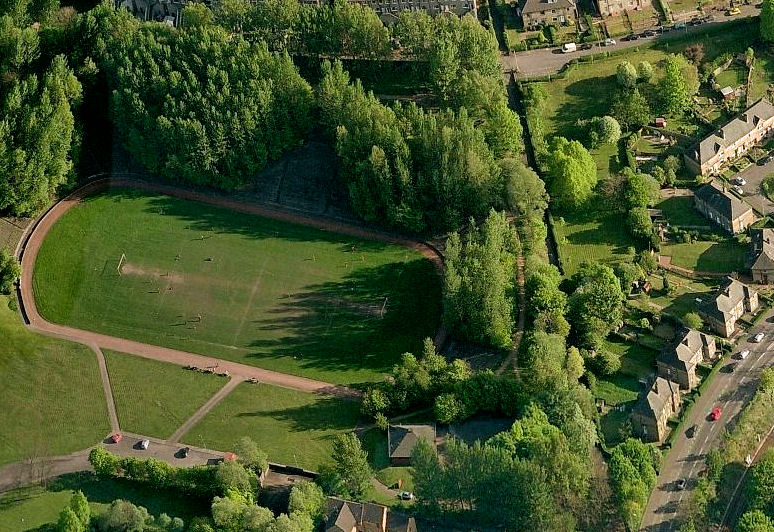
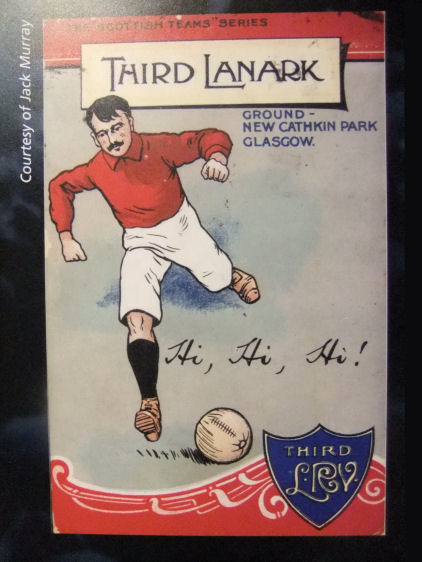
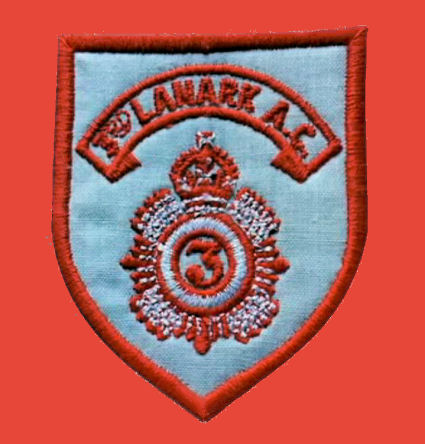
The first image shows the goalless first half of the match, which was described by the Glasgow Herald as "a spirited contest with neither side being able to gain any advantage". Queens Park were playing in their familiar narrow black and white hoops, while Third Lanark were playing in white. The "reporter" appears as a messenger pigeon!
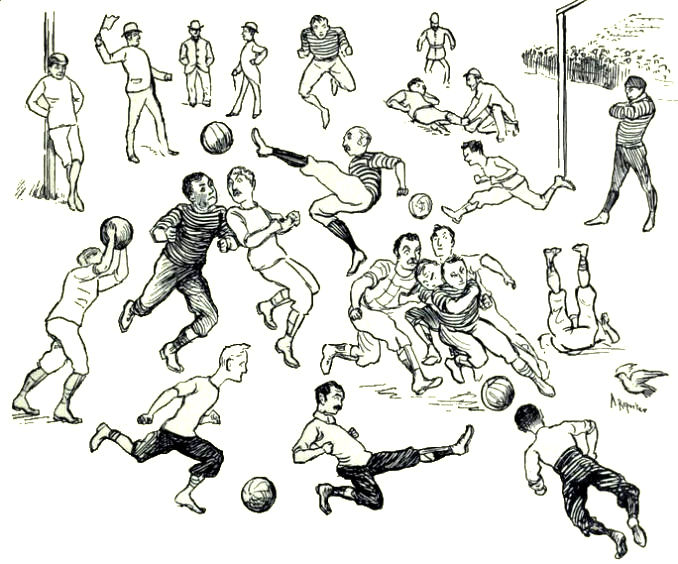
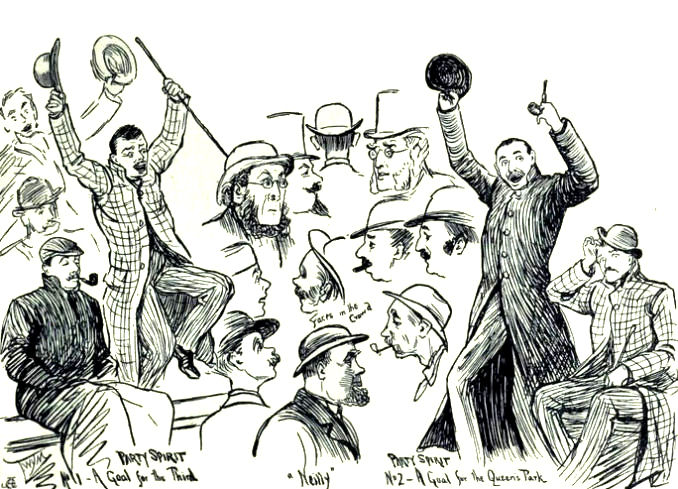
The Institution became part of Langside College in 1947 and in 2002 it was converted for residential use as the 'Chroma Building'.
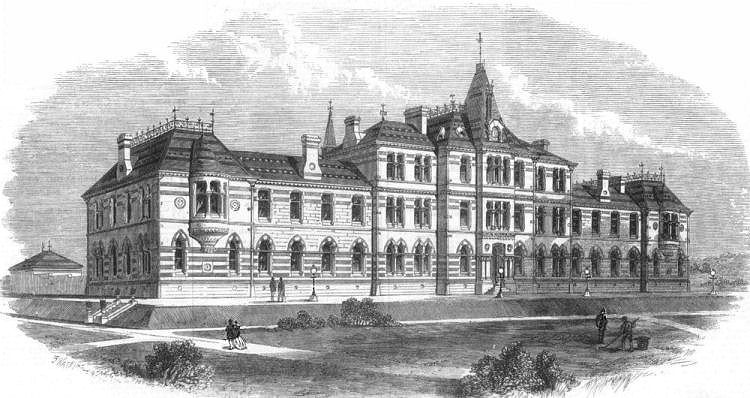
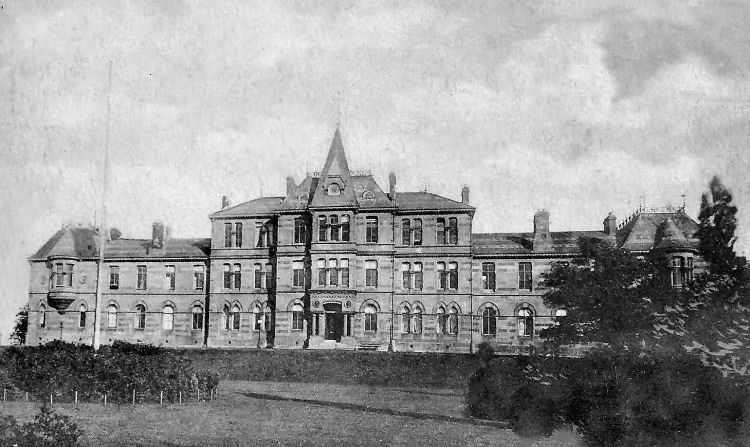

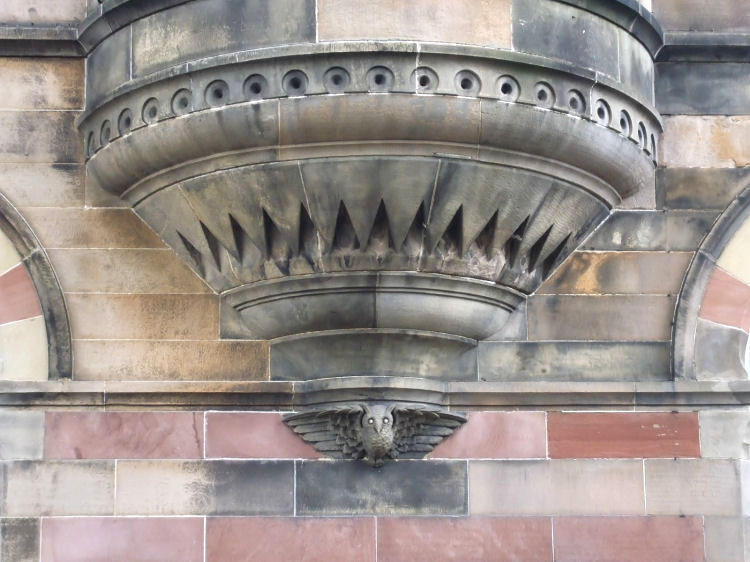
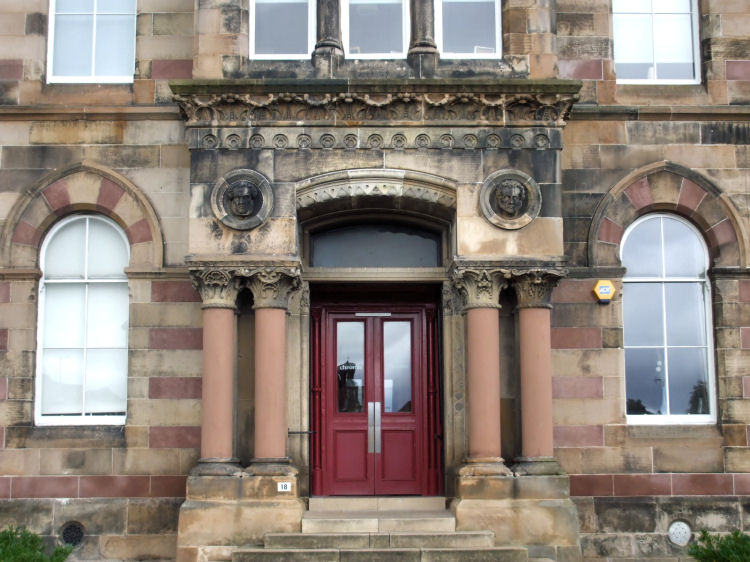

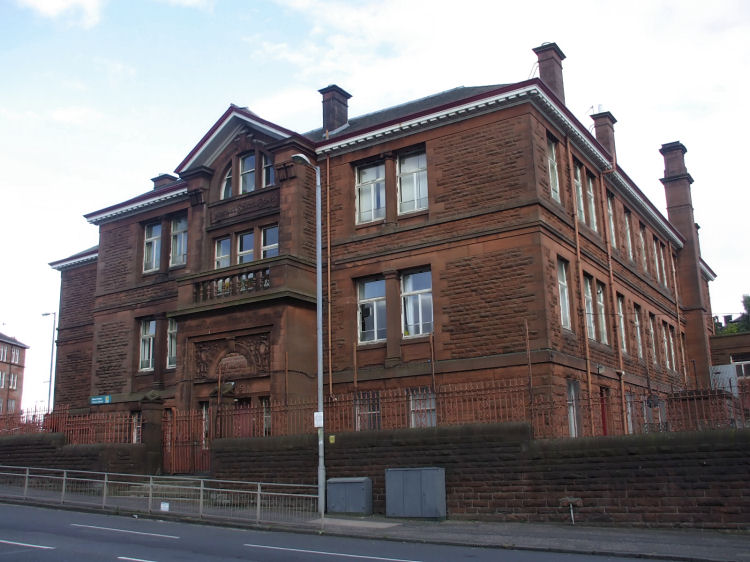
The cinema was renamed as the Vogue in 1950 and showed movies until 1965, after which it became a bingo hall. It was vacated in 1986 and was allowed to fall into a state of total dereliction over a twenty year period before its demolition in the summer of 2006.
The view below is from the early 1970's when the Vogue was in use as a bingo hall.
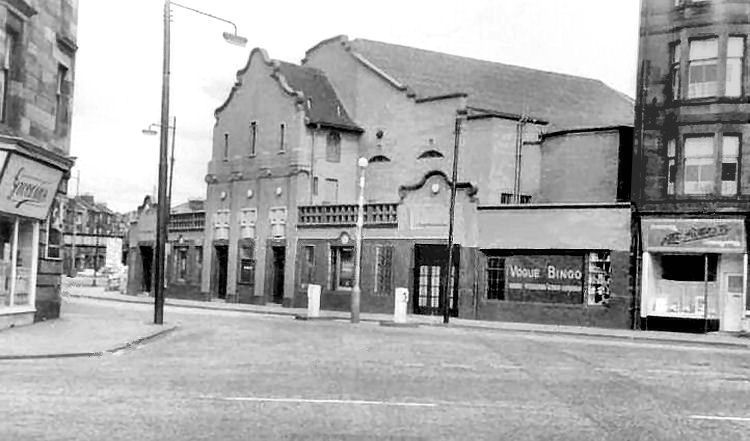
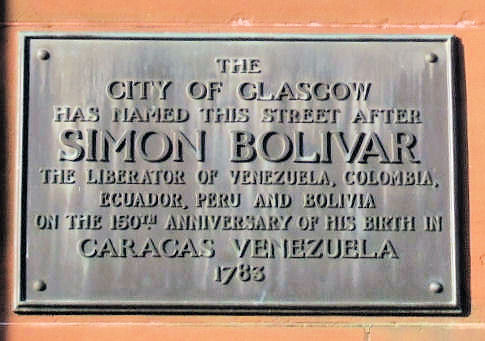
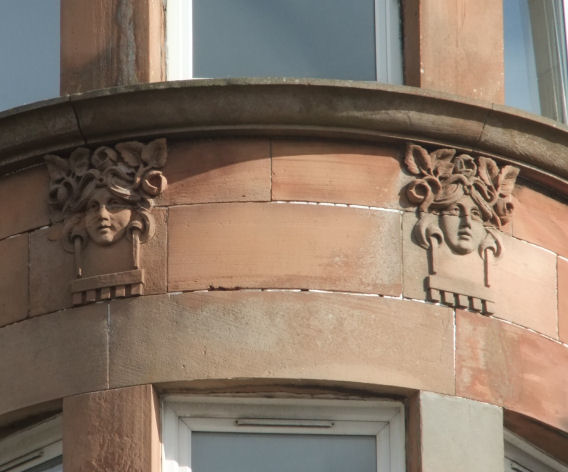
![]()
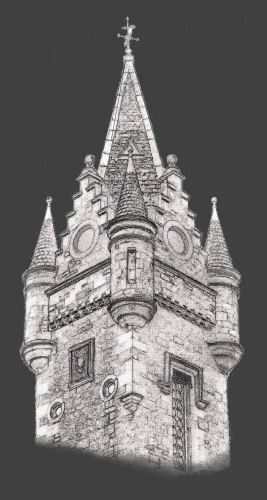 |
| |
|
|
||
|
|
All original artwork, photography and text © Gerald Blaikie
Unauthorised reproduction of any image on this website is not permitted.